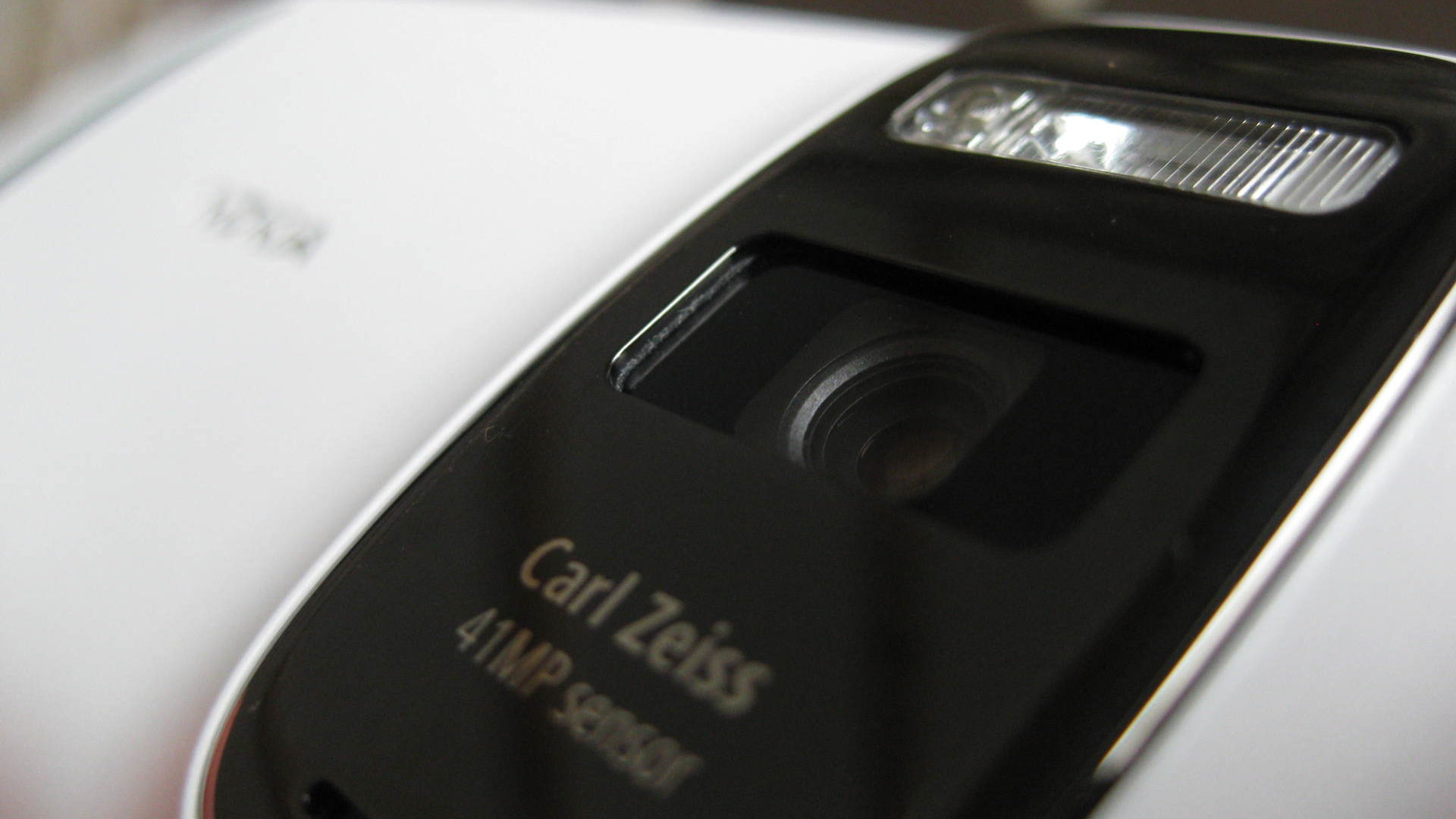Affiliate links on Android Authority may earn us a commission. Learn more.
Every inch mattered in the race for better smartphone photography
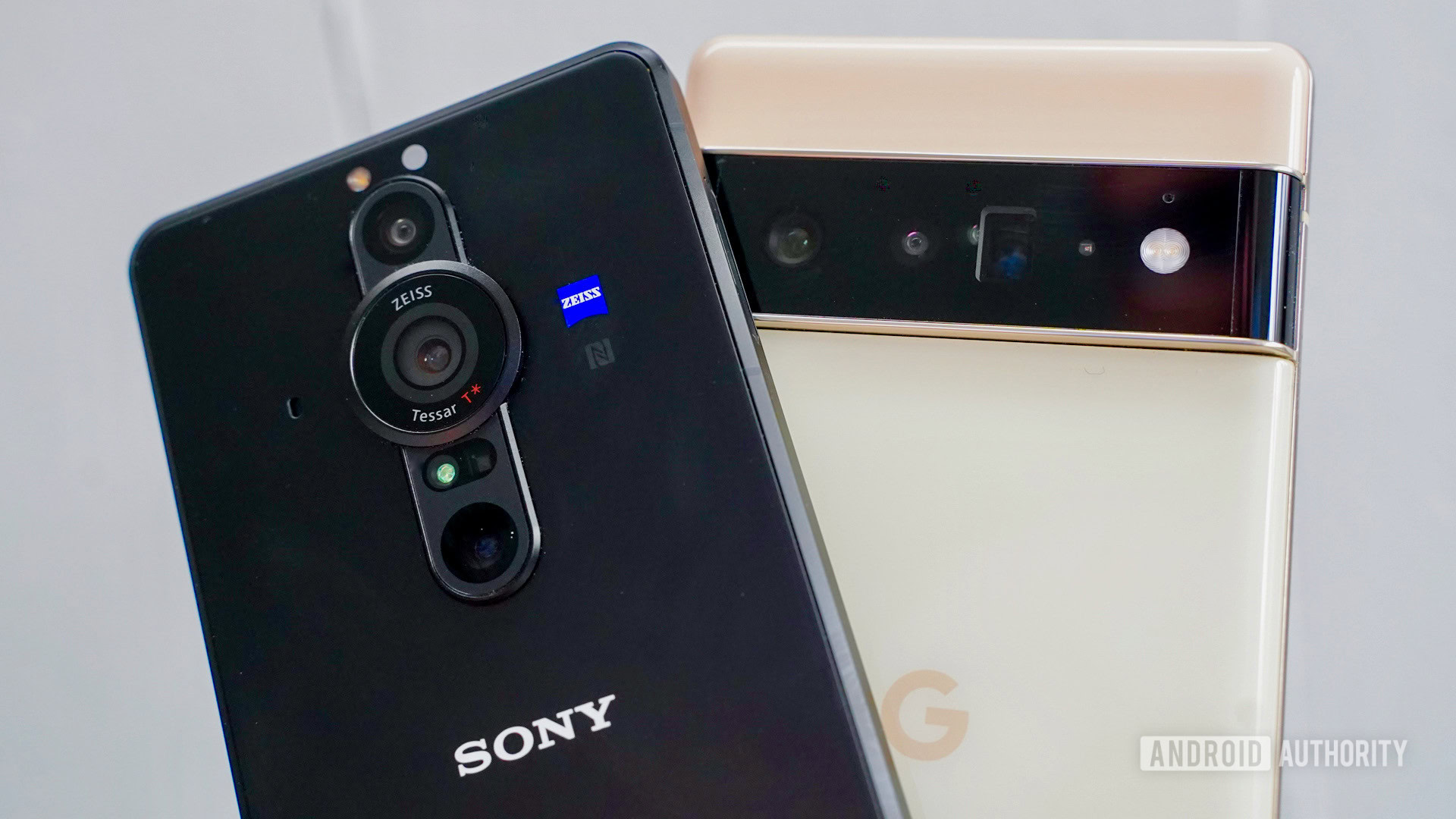
The first smartphones weren’t the photography behemoths that today’s flagship devices have become. Back then, if you cared about image quality, you had to lug around a dedicated camera alongside your smartphone. Not anymore. Just about any smartphone today will deliver decent images, and some, like the Google Pixel 6 Pro and Samsung Galaxy S22 series, perform well in even the most challenging scenarios. But while computational photography often receives all the attention, larger image sensors deserve just as much credit.
Not all megapixels are equal: Why sensor size matters
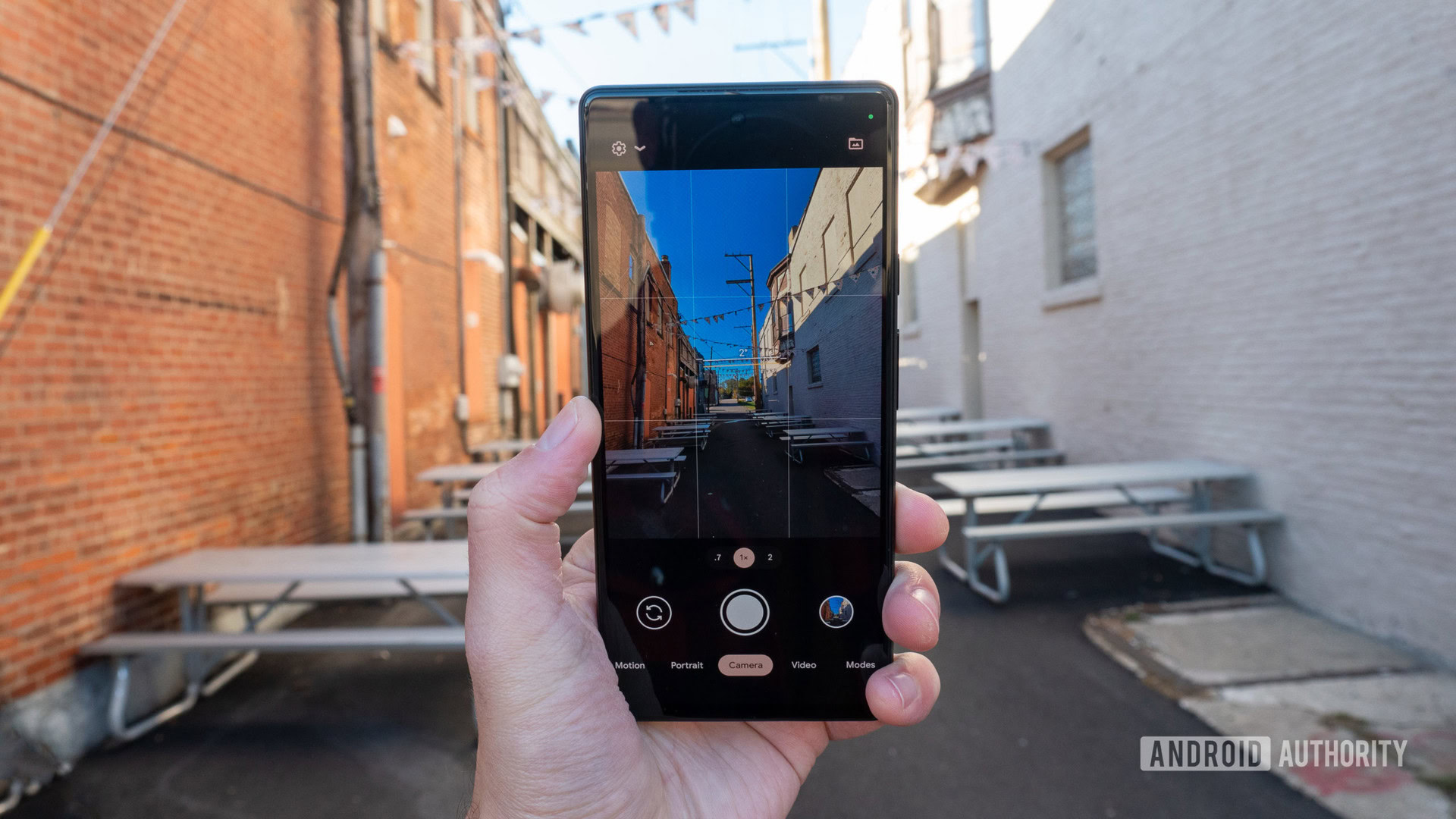
For years, many of us looked at a camera’s resolution (or megapixel count) to estimate image quality. Indeed, this was a semi-reliable metric for a few years in the early 2000s — a 5MP camera would certainly deliver better results than a VGA one. However, judging a camera’s imaging performance based on its resolution alone isn’t possible anymore. We’ve seen smartphones with 12MP and 16MP cameras triumph over 108MP behemoths on several occasions now.
Beyond a certain point, an increase in resolution doesn’t yield noticeable improvements — unless you want to crop in. Many mid-range smartphones offer high-resolution cameras but often yield grainier and worse results than DSLR cameras with far lower megapixel counts. This is mostly because smartphones are constrained by physical space and use smaller image sensors than high-end cameras.
Put simply, a smaller image sensor gathers less light. This directly translates to worse image quality, especially in low-light situations. Conversely, larger sensors can achieve better dynamic range and exposure levels without resorting to workarounds like increased ISO or digital sharpening. Bigger sensors are drivers of better image quality.
Read more: Why camera sensor size is more important than more megapixels
Given the advantages of a larger sensor then, it’s no surprise that we’re seeing smartphone manufacturers focus on improvements in this area year-over-year. That said, while some phones — including the Sony Ericsson Satio and Samsung Pixon 12 — offered large camera sensors as early as 2009, the vast majority of handsets didn’t hop onto the bandwagon until relatively recently. With that in mind, let’s explore how large camera sensors in modern smartphones came to be and where the industry is headed next.
Nokia N8 and 808 PureView: The first large smartphone sensors
It was hard to escape or ignore the hype surrounding Nokia’s N8 and 808 PureView smartphones in the early 2010s. With a 12MP resolution and sensor size of 1/1.83-inches, the Nokia N8 delivered better specs than many point-and-shoot cameras in 2010. Nokia even produced a seven-minute short film starring some of Hollywood’s finest to highlight the N8’s then-impressive 720p video recording capabilities.
For context, Samsung’s flagship Galaxy S3 from the same year had a significantly smaller 1/3-inch camera sensor. The iPhone 5’s sensor, meanwhile, was even smaller at 1/3.2 inches. Indeed, the norm was for smartphones to feature tiny sub-1cm sensors back then. One-inch sensors were exclusive to DSLRs and professional cameras.
As well as big sensors, Nokia was ahead of its time with computational photography inside the 808 PureView.
Even though the N8 was well ahead of the competition, Nokia didn’t stop there. In 2012, the company released the 808 PureView, featuring an even larger 41MP 1/1.2-inch sensor. Advancements in processing power also enabled oversampling, which involves combining neighboring pixels into one for better light sensitivity. If that sounds familiar, today’s smartphones feature a similar technology called pixel binning. Back then, though, Nokia’s computational photography game was far ahead of the curve.
Large camera sensors in smartphones over the years
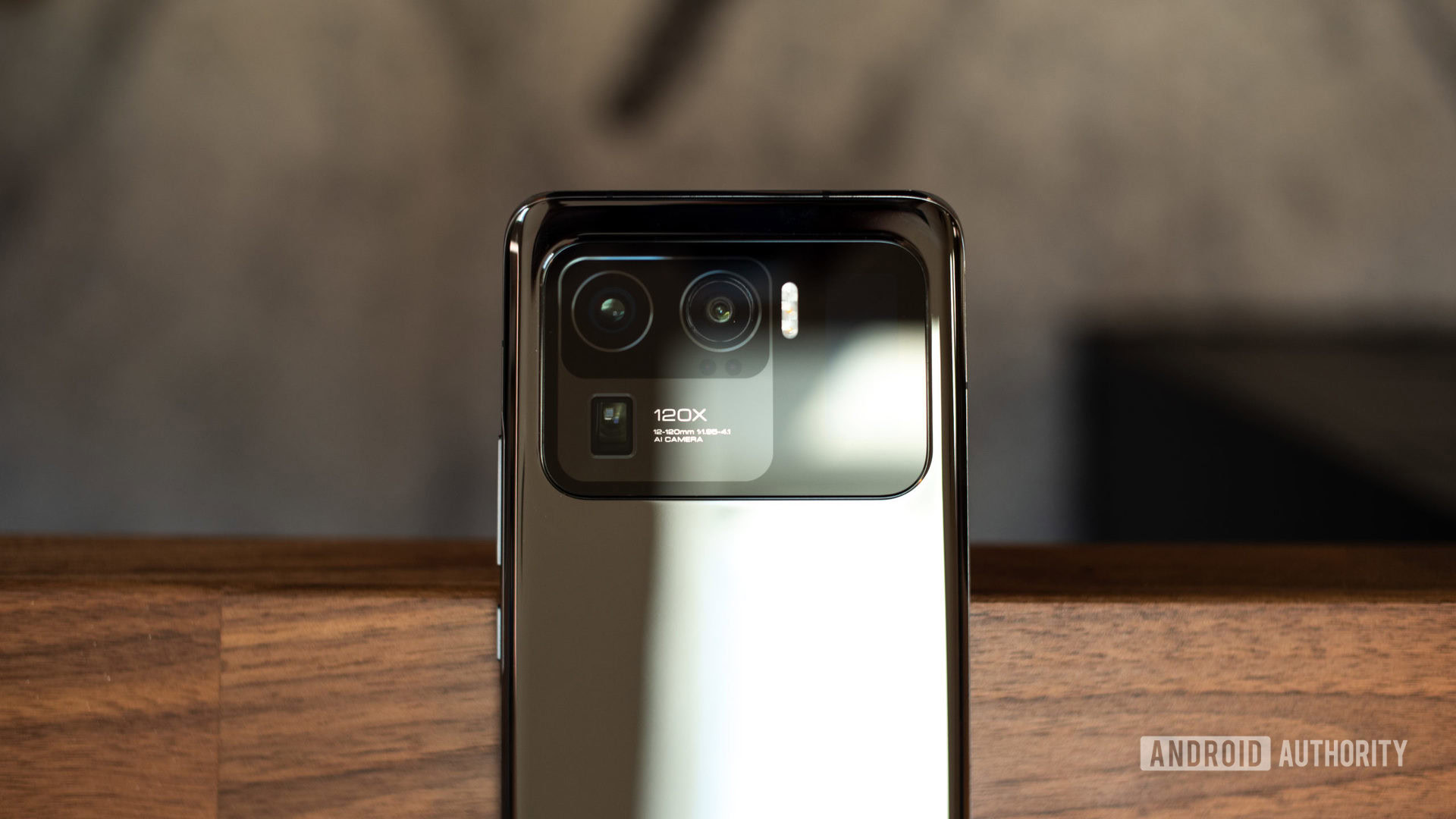
Even though the Nokia 808 PureView was a technical breakthrough, the smartphone industry didn’t respond to it until much later. A prominent exception was 2014’s Panasonic Lumix Smart Camera CM1. It included an even larger one-inch sensor. However, this came at the expense of a bulkier overall body compared to prevailing Android smartphones at the time.
In the mainstream segment, however, improvements to sensor size wouldn’t come along until late into the 2010s. Most manufacturers continued to ship smartphones with sensors in the range of 1/3 to 1/2 inches. Even Samsung’s camera-centric smartphones — the Galaxy S4 Zoom and Galaxy K Zoom — bundled a 1/2.3-inch sensor, fairly small by modern standards. That said, it was still larger than their non-zoom counterparts’ 1/3.06-inch sensor. Indeed, as recently as the Galaxy S10 and Pixel 5 series, ~1/2.5-inch sensors were the norm.
Chinese brands like HUAWEI and Xiaomi were the first to finally surpass the 1/2-inch threshold. 2018’s HUAWEI Mate 20 Pro, for instance, featured a 1/1.7-inch sensor — far larger than most other smartphones at the time. Combined with a large f/1.8 aperture, HUAWEI delivered better night-time image quality than most of the competition. In fact, the Mate 20 Pro’s increased light-gathering capabilities allowed it to compete with the Pixel’s then-unbeaten Night Sight feature.
A decade later, Xiaomi’s Mi 11 Ultra finally surpassed the Nokia 808 PureView's giant sensor
By 2020, most flagship smartphones — including the OPPO Find X2 Pro and Samsung Galaxy S21 Ultra — offered sensors at least 1/1.5 inches across. A year later, Xiaomi’s Mi 11 Ultra featured a record-breaking 1/1.12-inch sensor that finally surpassed the Nokia 808 PureView and heralded the ongoing era of large image sensors in smartphones.
Related: 15 best camera apps for Android
What does the future of smartphone sensors look like?
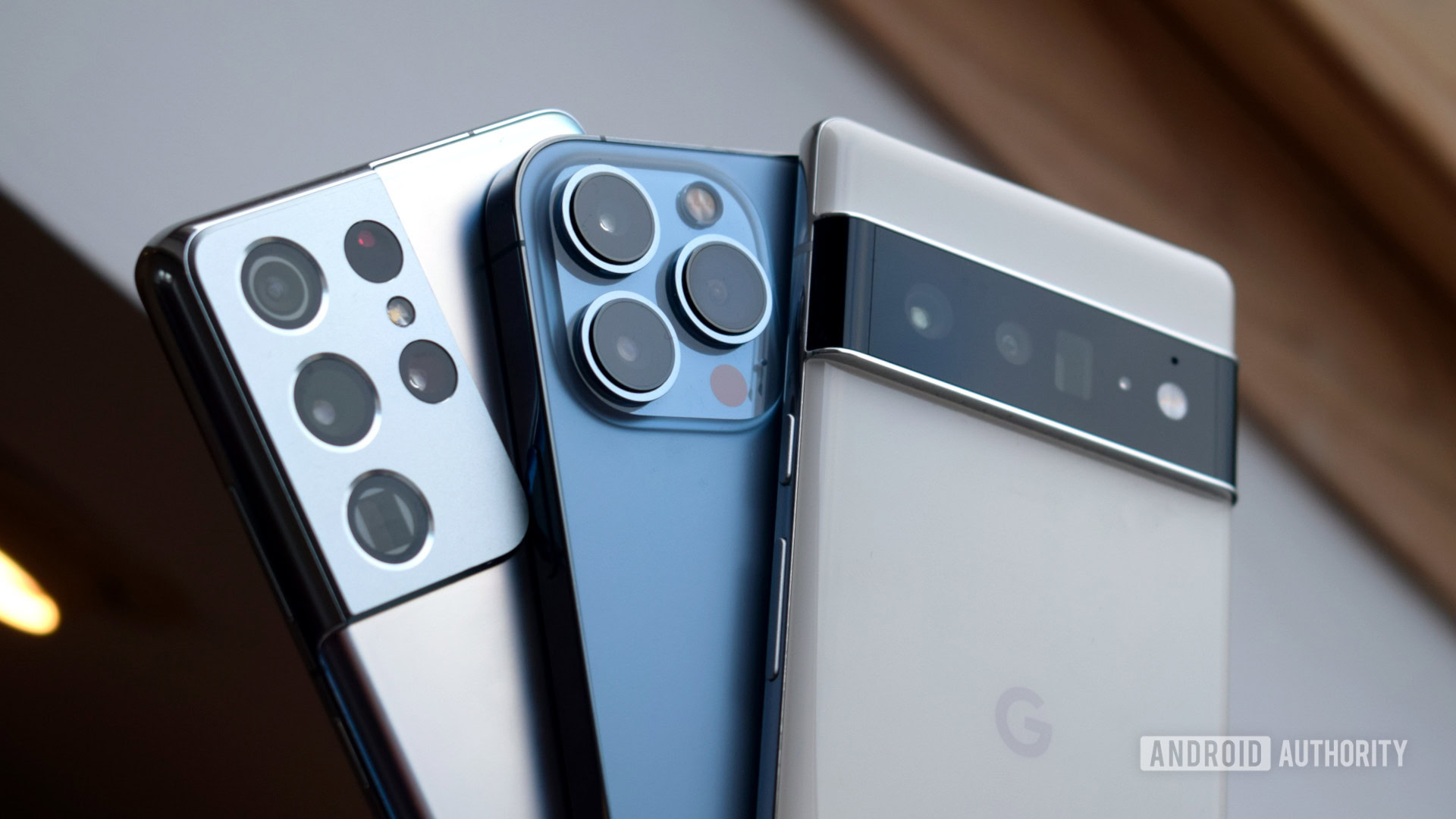
Smartphones with large camera sensors have become much more common in 2022. That’s especially true in the flagship segment, where even holdouts like Google and Apple have now embraced the trend. In 2021, the Pixel 6 moved to a 1/1.31-inch primary sensor, leapfrogging much of the competition. The iPhone 13, meanwhile, moved to a 1/1.9-inch sensor — significantly larger than its predecessor’s 1/2.55-inch sensor.
As smartphone image sensors creep up to the one-inch mark, manufacturers have to make compromises elsewhere — usually in the form of a large camera bump.
Some manufacturers like Sony and Sharp have even squeezed in a one-inch sensor. However, it’s worth noting that large camera sensors often come with their own set of problems.
Sony’s Xperia Pro-I, for example, features a one-inch sensor that looks great on paper. However, the smartphone’s limited physical dimensions meant that Sony could only fit a lens large enough to take advantage of roughly 60% of the sensor. Ultimately, the Xperia Pro-I has similar light gathering capabilities as the iPhone 13 or Pixel 6, despite having a larger sensor on paper. Xiaomi overcame this limitation with a massive camera bump on the Mi 11 Ultra.
For this reason, the vast majority of smartphones will likely not feature sensors larger than one inch across anytime soon. Having said that, we’ve already heard rumors of a Sony-made 1/1.1-inch sensor slated for release alongside a potential Xiaomi 12 Ultra later in 2022. Only time will tell whether we’re starting to see diminishing returns or if manufacturers can find a way to fit and take advantage of one-inch image sensors.
